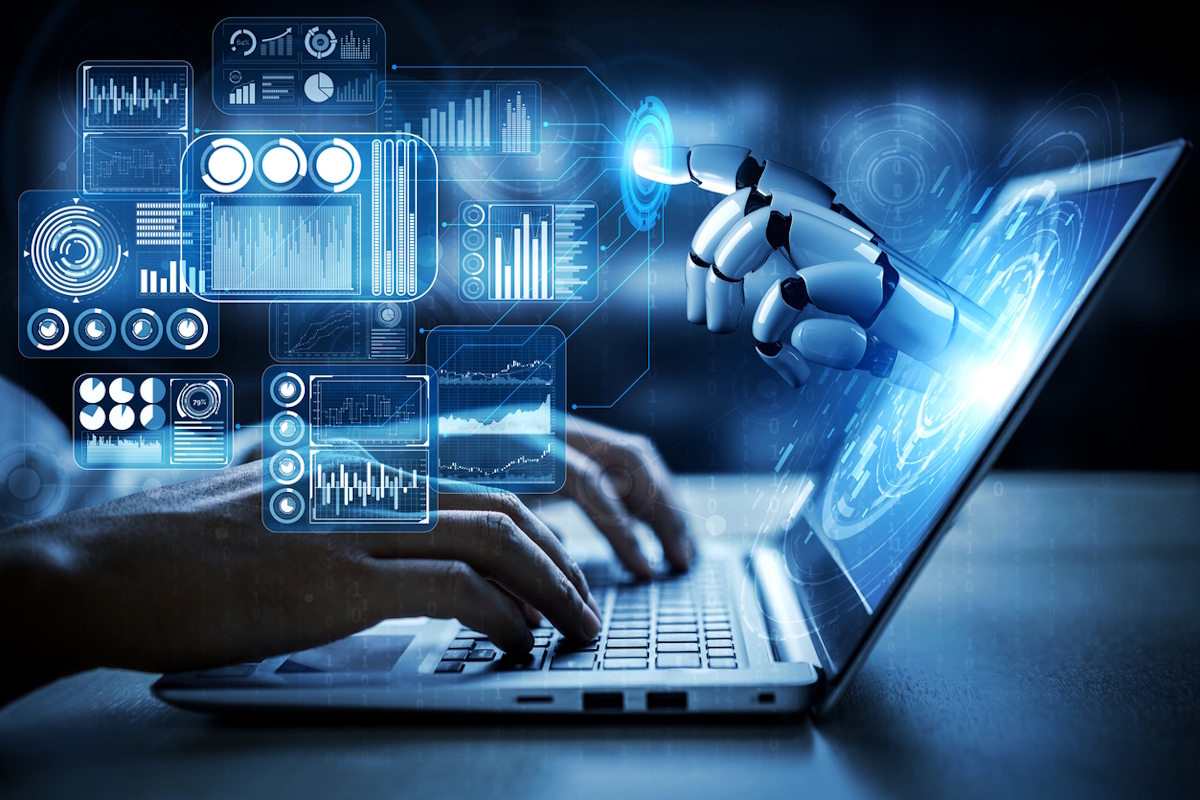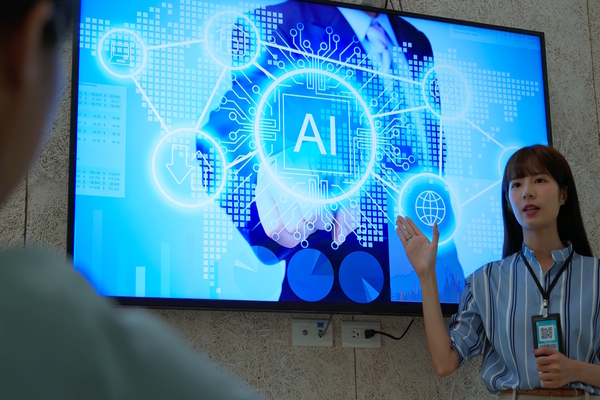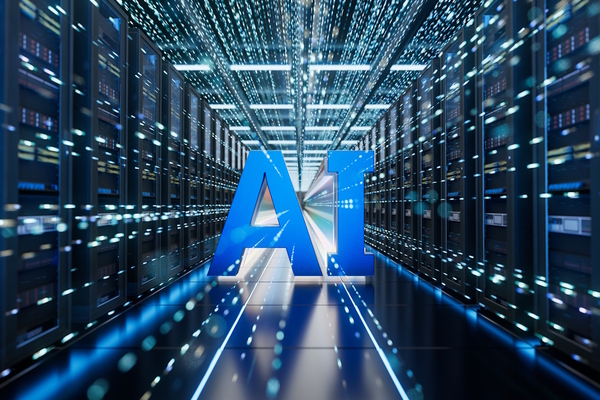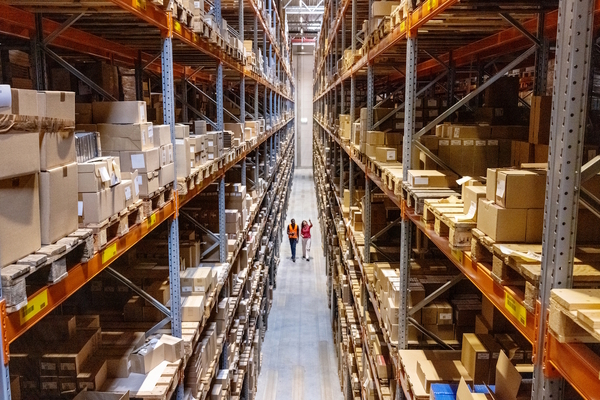AI in enterprise: Keeping up with the Joneses

Andreas Vermeulen at Avantra describes the significance of AI’s shift from automation to strategic decision-making
For years, artificial intelligence (AI) has been synonymous with automation, removing manual tasks, streamlining operations, and reducing costs. While these benefits remain the main driving forces behind many enterprise-level adoptions, they no longer represent the full scope of AI’s potential.
Today, AI is capable of transforming businesses by providing real-time insights, optimising operational efficiencies, predicting, and troubleshooting issues before they arise. Those who recognise the role of AI as a strategic driver rather than just a process enhancer are setting themselves apart in an increasingly digital and competitive world.
AI in action: better, faster, stronger
Across industries, AI is reshaping how enterprises operate by enabling predictive intelligence and real-time decision-making.
Unplanned downtime, for instance, is one of the most costly disruptions an enterprise can face. Whether it’s a critical IT system failure, supply chain bottleneck, or equipment breakdown in manufacturing, unanticipated disruptions can lead to financial losses, reputational damage, and lost productivity. AI’s ability to analyse patterns and detect early warning signs before failures occur has made predictive maintenance a game-changer.
Take industrial settings for example, sensors continuously monitor equipment performance, feeding data into AI models that predict when a machine is likely to fail. Instead of waiting for a breakdown, businesses can perform maintenance exactly when needed, preventing costly disruptions. This approach extends the lifespan of machinery, reducing operational risk, and improving efficiency.
AI also drives productivity gains by analysing vast datasets in real time, identifying patterns that would take human analysts significantly longer to uncover. In industries like logistics and supply chain management, AI-driven forecasting models help companies optimise inventory levels, reduce waste, and prevent overstocking or stock shortages.
Retailers, for example, can use AI to anticipate demand fluctuations based on historical sales trends, market conditions, and even external factors such as weather forecasts. By aligning inventory management with predictive analytics, businesses can improve supply chain resilience, reduce costs, and enhance customer satisfaction.
Beyond efficiency, AI is proving instrumental in risk mitigation. In financial services, AI-powered fraud detection systems analyse millions of transactions in real time, flagging suspicious activity before fraud occurs. These systems identify patterns that might indicate fraudulent behaviour, such as unusual transaction amounts or high-frequency transfers, allowing organisations to intervene proactively.
Similarly, in cybersecurity, AI plays a crucial role in identifying and neutralising threats before they impact operations. By continuously analysing network traffic and detecting anomalies, AI-powered security solutions help businesses safeguard sensitive data, prevent breaches, and maintain compliance with evolving regulations.
AI beyond automation
Viewing AI as a cost-saving tool is one of the main limiting factors holding enterprises back from fully realising its benefits. The real competitive advantage comes when AI is embedded into strategic decision-making, enhancing an organisation’s ability to innovate, adapt, and stay ahead of the competition.
One of AI’s most valuable contributions is its ability to process and analyse massive datasets faster and more accurately than any human team could. This allows businesses to move beyond historical reporting and adopt a proactive, forward-looking approach.
For example, AI-powered analytics in marketing can help brands refine customer segmentation by identifying subtle behavioural patterns and preferences. Instead of reacting to past campaign performance, businesses can anticipate customer needs and personalise outreach, leading to higher engagement and conversion rates.
With market conditions evolving at an unprecedented pace, businesses that can quickly assess trends, identify risks, and pivot strategies accordingly will maintain an advantage over slower-moving competitors. AI-driven insights enable enterprises to react to shifts in demand, consumer behaviour, and emerging risks faster than ever before.
In the financial sector, investment firms are using AI to analyse real-time market data and identify profitable opportunities. By using AI-powered models, these firms can make informed decisions faster, capitalising on trends that might otherwise be missed.
The risks of falling behind
Despite AI’s growing role in business strategy, there remains some reticence to fully embrace its potential. Those that fail to integrate AI risk facing several critical challenges:
- Operational inefficiencies: Relying on traditional, manual processes slows down decision-making and increases the likelihood of human error.
- Loss of competitive edge: Organizations that do not utilise AI-powered insights may find themselves outperformed by rivals who leverage data-driven decision-making to refine their strategies, optimise pricing, and enhance customer experiences.
- Security vulnerabilities: AI plays a crucial role in risk mitigation. Without AI-driven threat detection, businesses are more susceptible to cyber-attacks, fraud, and compliance violations.
The digital-first economy is unforgiving to those who lag behind in technological adoption. In an environment where competitors are actively deploying AI to drive efficiencies and innovation, inaction can result in significant missed opportunities.
AI alone is not enough
While AI is a powerful tool, it does not replace human expertise. The most successful organisations recognise that AI works best as an enabler, enhancing human capabilities rather than replacing them.
AI models generate insights, but human decision-makers must interpret and apply these findings effectively. In areas like healthcare, AI can analyse medical images and suggest potential diagnoses, but it is doctors who provide the necessary clinical judgment to confirm diagnoses and determine treatment plans.
AI systems are also only as unbiased as the data they are trained on. Without human oversight, AI models can inadvertently reinforce existing biases, leading to unfair or discriminatory outcomes. Organisations must implement ethical frameworks and ensure diverse, representative datasets to mitigate these risks.
A further risk is that while AI can optimise operations, it lacks the ability to set long-term business goals or understand nuanced industry dynamics. Human leadership remains essential in defining strategic objectives, assessing risks, and ensuring that AI-driven initiatives align with broader business priorities.
The future belongs to those who see it
AI is no longer a futuristic concept; it is an active force shaping today’s enterprises. Businesses that embrace AI for real-time insights, operational resilience, and proactive issue resolution will be better positioned to navigate challenges and seize new opportunities. However, AI’s true potential is realised when it works in harmony with human expertise.
Organisations that strike the right balance between AI-driven intelligence and human strategic oversight will not only improve efficiency but also drive meaningful innovation, enhance competitiveness, and future-proof their operations.
The question is no longer whether enterprises should adopt AI, but how effectively they can integrate it into their operations. Those that move quickly and strategically will lead the next wave of business transformation.
Dr Andreas Vermeulen is Head of AI at Avantra
Main image courtesy of iStockPhoto.com and Blue Planet Studio

Business Reporter Team
Most Viewed
Winston House, 3rd Floor, Units 306-309, 2-4 Dollis Park, London, N3 1HF
23-29 Hendon Lane, London, N3 1RT
020 8349 4363
© 2025, Lyonsdown Limited. Business Reporter® is a registered trademark of Lyonsdown Ltd. VAT registration number: 830519543





